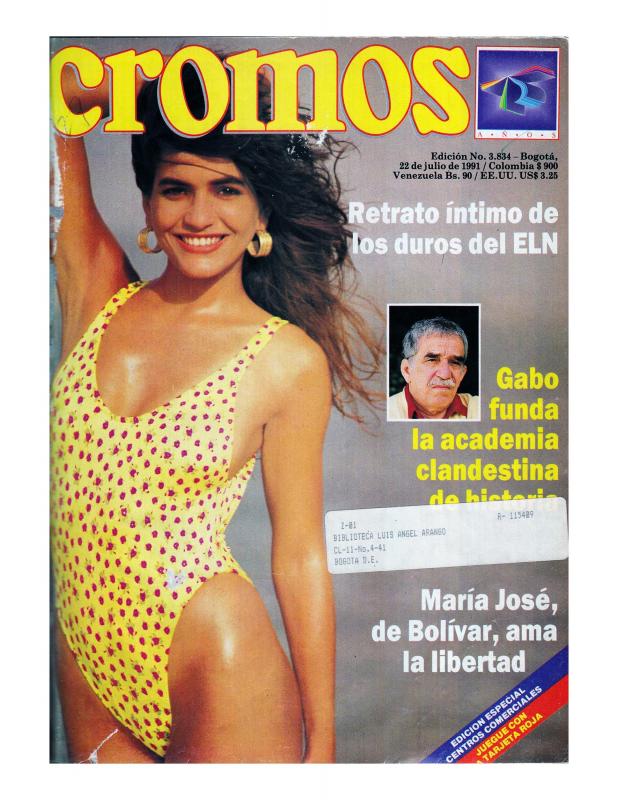The critic, José Hernán Aguilar, reviewed Fernando Uhía’s second individual exhibition for El Tiempo, the daily newspaper with the largest national circulation in Colombia. Entitled Pinturas [Paintings], this exhibition was held in 1991 in the Galería Gaula, an independent space for exhibitions and dissemination of contemporary art. Opened in the early 1990s, the gallery was managed by Jaime Iregui Restrepo, Danilo Dueñas and Carlos Salas. In this text, Aguilar reviews the exhibition, explaining that these are not conventional paintings rendered with pigment on canvas, rather works created with oilcloth and objects. The critic begins with a short historical review of artistic expression in some way related to Uhía’s approach, in order to establish parallels among the three works by the artist from Bogotá and the historical works referred to by each of these works, respectively. Since the questions raised by Uhía in these works cannot be resolved in the traditional language of conventional painting, the artist makes use of oilcloths and objects. Thus, Aguilar briefly presents the entire genealogy of similar practices in painting ([by] Picasso, Duchamp, Rauschenberg), setting up Uhía as their heir. To the writer, Uhía’s paintings do not just adopt materials, but also a stylistic approach and a pictorial model. The article pays special attention to three works, discussing them to establish a reading (in a parallel dialogue) with the other works referred to by each title: Mondrian & Van Doesburg, El nuevo Proun, El libro rojo [The Red Book]. Finally, Aguilar states that the value of Uhía’s work with respect to its pictorial treatment as object or an example of fetishism depends on the viewers putting some space between ourselves and the work.

